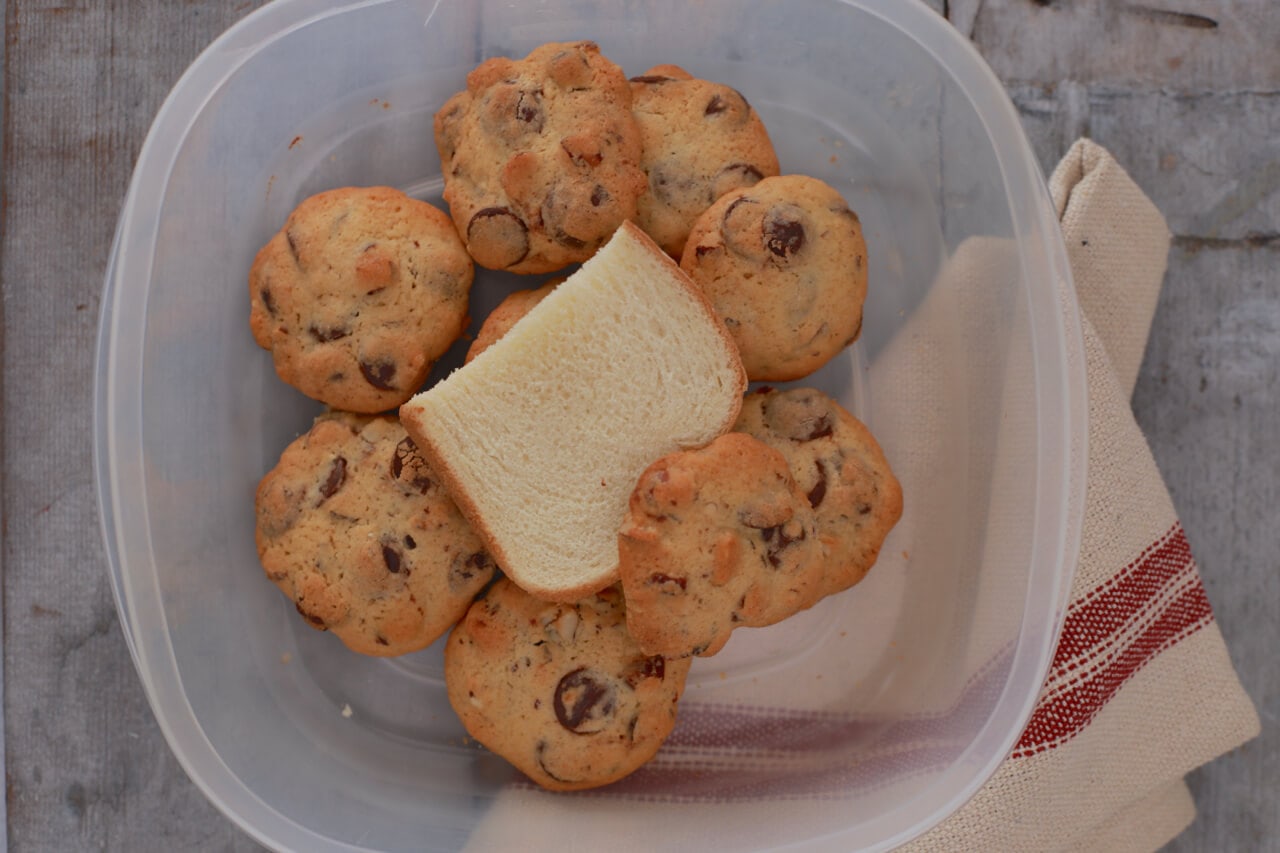

Articles
How To Store Baked Cookies
Modified: January 9, 2024
Looking for articles on how to store baked cookies? Discover expert tips and tricks for keeping your cookies fresh and delicious for longer.
(Many of the links in this article redirect to a specific reviewed product. Your purchase of these products through affiliate links helps to generate commission for Storables.com, at no extra cost. Learn more)
Introduction
When it comes to enjoying freshly baked cookies, properly storing them is crucial in order to maintain their quality and taste for as long as possible. Whether you’re a seasoned baker or just love indulging in store-bought treats, understanding the best methods for storing baked cookies will help you keep them fresh and delicious.
Improper storage can lead to cookies becoming stale, losing their texture, and even developing off flavors. Nobody wants to bite into a dry, flavorless cookie, so it’s important to take the necessary steps to preserve their freshness.
In this article, we will explore the factors to consider before storing baked cookies, discuss the best containers for storage, provide tips for storing different types of cookies, guide you on how to freeze baked cookies, and offer insights into proper labeling and storage times. By following these guidelines, you’ll be able to enjoy delicious cookies at their best, whenever you crave them.
Key Takeaways:
- Proper storage of baked cookies is crucial to maintain their freshness, texture, and flavor. Factors like type of cookie, ingredients, and storage conditions impact their shelf life. Choosing the right containers and following specific storage techniques can help preserve the cookies’ distinct textures.
- Freezing baked cookies is a great option for long-term storage. Properly wrapping and labeling the cookies before freezing, and following recommended storage times, can help maintain their quality for up to three months. Remember to thaw or reheat them before enjoying for the best taste and texture.
Read more: How To Store No Bake Cookies
Importance of Proper Cookie Storage
Properly storing baked cookies is essential to ensure they retain their freshness, texture, and flavor. Here are a few key reasons why proper cookie storage is so important:
- Prolonged Freshness: By employing the right storage methods, you can extend the shelf life of your cookies and keep them fresh for a longer period of time. This is especially important if you plan to enjoy your cookies over several days or weeks.
- Maintains Texture: Whether you prefer soft-baked, chewy, or crispy cookies, proper storage will help maintain their desired texture. Storing cookies incorrectly can cause them to become soft when they should be crisp or vice versa.
- Preserves Flavor: When cookies are left exposed to air, they are prone to losing their flavor. Correct storage methods help seal in the delicious taste of your cookies for as long as possible.
- Prevents Staleness: Improperly stored cookies can quickly become stale, losing their pleasant texture and taste. Storing them in the right conditions will help prevent this and ensure you can enjoy them at their best.
- Cost Reduction: When you bake or purchase a large batch of cookies, proper storage can help prevent wastage. By preserving their quality, you won’t have to discard them due to spoilage or staleness.
By understanding the importance of proper cookie storage, you can ensure that your hard work in baking or your investment in store-bought treats doesn’t go to waste. Now, let’s explore the factors you should consider before storing your freshly baked cookies.
Factors to Consider Before Storing Baked Cookies
Before you begin storing your freshly baked cookies, there are several factors you should take into consideration. These factors will help you determine the best storage method and conditions for your cookies. Here are the factors to consider:
- Type of Cookie: The type of cookie you have will influence how it should be stored. Soft-baked cookies, chewy cookies, and crispy cookies all have different storage requirements to maintain their texture and taste.
- Ingredients: Consider the ingredients used in your cookies. For example, cookies with perishable ingredients like cream cheese or fresh fruit may need to be stored differently than cookies made with shelf-stable ingredients.
- Coating or Topping: If your cookies are coated or have a topping like frosting or glaze, take into account how the coating or topping will hold up during storage. Sometimes, it may be necessary to store these cookies separately or in a specific manner to prevent the topping from smudging or melting.
- Air Exposure: Air is the enemy when it comes to cookie storage. Exposure to air can cause cookies to become stale quickly. Consider how airtight the storage containers or packaging you have available are and choose accordingly.
- Humidity: Humidity can greatly affect the texture and shelf life of cookies. High humidity can make cookies soft and lose their crispness, while low humidity can lead to dry, crunchy cookies. Take into account the humidity level in your storage area and adjust accordingly.
- Temperature: The temperature at which cookies are stored can significantly impact their quality. Generally, cookies should be stored at room temperature, but some cookies may require refrigeration or freezing. Consider the optimal storage temperature for your specific type of cookie.
By considering these factors before storing your baked cookies, you will be able to choose the appropriate storage method and conditions to ensure the best possible outcome. In the next section, we will discuss the best containers for storing your cookies.
Best Containers for Cookie Storage
Choosing the right containers for storing your baked cookies is crucial in maintaining their freshness and preventing them from going stale. Here are some of the best containers for cookie storage:
- Airtight Containers: Airtight containers are the ideal choice for storing cookies. These containers prevent air from entering, keeping your cookies fresh and delicious. Look for containers with airtight seals, such as glass jars with rubber gaskets or plastic containers with locking lids.
- Cookie Tins: Cookie tins not only provide a charming vintage aesthetic but are also great for storage. They offer airtight seal options, ensuring your cookies stay fresh. Plus, they protect your cookies from being crushed, making them a practical choice for gifting or transporting cookies.
- Zip-Top Bags: Zip-top bags are a convenient and cost-effective option for storing cookies. They are also versatile, as you can choose the size that best fits your batch of cookies. Press out any excess air before sealing to create a more airtight environment.
- Plastic Containers: Plastic containers with snap-on lids are another good option for storing cookies. They are lightweight, easy to stack, and provide decent airtightness. Opt for containers without any strong odors that could transfer to the cookies.
- Cookie Jars: Cookie jars are not only decorative but also functional. Look for jars with a tight-fitting lid to keep your cookies fresh. Ceramic or glass jars are ideal as they do not absorb odors or flavors.
When selecting a container, make sure it is clean and dry before adding your cookies. Avoid using containers that have previously held strong-smelling foods, as the odor may transfer to the cookies and alter their flavor.
Remember, regardless of the container you choose, always store cookies in a cool, dry place away from direct sunlight. Now that you know the best containers for cookie storage, let’s move on to the next section, where we’ll provide helpful tips for storing different types of cookies.
Tips for Storing Different Types of Cookies
Each type of cookie has its own unique texture, and therefore, requires specific storage techniques to ensure it stays fresh and maintains its desired consistency. Here are some tips for storing different types of cookies:
Read more: How To Store Cookies After Baking
Soft-Baked Cookies:
To keep soft-baked cookies moist and chewy:
- Place them in an airtight container lined with parchment paper or between layers of wax paper to prevent sticking.
- Add a slice of bread to the container to help retain moisture. The cookies will absorb the bread’s moisture, keeping them soft.
- Store in a cool, dry place away from direct sunlight.
Chewy Cookies:
To maintain the chewiness of these cookies:
- Store them in an airtight container at room temperature.
- Consider using resealable bags to separate cookies into smaller portions to prevent them from drying out when opened.
- If desired, place a piece of parchment paper between the layers to prevent sticking.
Crispy Cookies:
To keep crispy cookies nice and crunchy:
- Store them in an airtight container with a moisture-absorbing desiccant pack to keep them dry.
- Avoid storing different types of cookies together, as the moisture from soft cookies can transfer to crispy cookies and make them lose their crunchiness.
- Ensure the container is sealed tightly to prevent any air from getting in.
By following these tips, you can ensure that your cookies maintain their desired texture and taste. Next, we will discuss how to freeze baked cookies for longer-term storage.
How to Store Soft-Baked Cookies
Soft-baked cookies have a delicate texture and can easily become dry if not stored properly. To maintain their softness and freshness, follow these steps:
- Cool Completely: Allow your soft-baked cookies to cool completely on a wire rack before storing them. This helps prevent moisture buildup inside the container, which can lead to a loss of texture.
- Choose an Airtight Container: Select an airtight container with enough space to accommodate your cookies without overcrowding. Line the container with parchment paper or wax paper to separate the layers and prevent sticking.
- Add a Slice of Bread: To help retain moisture, place a slice of bread in the container with your soft-baked cookies. The cookies will absorb the moisture from the bread, keeping them soft and fresh.
- Seal and Store: Seal the container tightly to create a moisture-controlled environment. Store the container in a cool, dry place away from direct sunlight or heat sources. Avoid placing them in the refrigerator, as the humidity can make the cookies go stale faster.
Remember to check your stored soft-baked cookies periodically to ensure they are still fresh. If the bread becomes hard or stale, replace it with a fresh slice to maintain the desired texture of your cookies.
By following these steps, you can enjoy soft-baked cookies that remain delicious and tender for a longer period of time.
Note: Remember to validate the html output
Read more: How To Store Meringue Cookies
How to Store Chewy Cookies
Chewy cookies are known for their moist and tender texture, and proper storage is key to maintaining their chewiness. Follow these steps to store your chewy cookies:
- Cool Completely: Allow your chewy cookies to cool completely on a wire rack before storing them. This helps them firm up and retain their texture.
- Choose an Airtight Container: Select an airtight container that can accommodate your cookies without crushing or overcrowding them. Line the container with parchment paper or wax paper to prevent the cookies from sticking together.
- Separate into Portions: If you have a large batch of cookies, consider separating them into smaller portions using resealable bags. This way, you can open and close only the portion you intend to consume, preventing excessive exposure to air and potential staleness.
- Seal and Store: Seal the container tightly to create a protective barrier against air. Store the container at room temperature in a cool and dry area, away from direct sunlight or heat sources.
It’s important to note that storing different types of cookies together can affect their texture. To maintain the chewiness of your cookies, avoid storing them with crispy or crunchy cookies that can transfer moisture and make them lose their desired texture.
By following these steps, you can enjoy your chewy cookies for days while maintaining their delightful texture and taste.
Note: Don’t forget to validate the HTML output
How to Store Crispy Cookies
Crispy cookies are beloved for their delicate, crunchy texture. To ensure that your crispy cookies stay that way, follow these steps for proper storage:
- Cool Completely: Allow your crispy cookies to cool completely on a wire rack before storing them. This allows any residual moisture to evaporate and helps them maintain their crispness.
- Choose an Airtight Container: Select an airtight container that can accommodate your cookies without breaking them. Opt for a container with a tight seal to prevent moisture from entering and softening the cookies.
- Separate Layers: If you have multiple layers of cookies, place a sheet of parchment paper or wax paper between each layer. This helps prevent them from sticking together or absorbing moisture from one another.
- Add a Moisture Absorber: To prevent your crispy cookies from becoming stale, you can place a moisture absorber, such as a desiccant pack or a piece of uncooked rice, in the container. This will help maintain a dry environment.
- Store in a Cool, Dry Place: Find a cool and dry spot in your pantry or cupboard away from direct sunlight or heat sources. Avoid storing crispy cookies in the refrigerator, as the humidity can make them lose their crispiness.
It’s important to note that storing different types of cookies together can affect their texture. To maintain the crispiness of your cookies, store them separately from soft or chewy cookies that can transfer moisture and soften them.
By following these steps, you can enjoy crispy cookies that retain their delightful crunch for an extended period of time.
Note: Remember to validate the HTML output
Store baked cookies in an airtight container at room temperature for up to 1 week. For longer storage, freeze the cookies in a resealable plastic bag for up to 3 months.
How to Freeze Baked Cookies
Freezing baked cookies is a great option if you want to enjoy them at a later time or if you have a surplus that you want to preserve. Follow these steps to properly freeze your baked cookies:
- Cool Completely: Allow your cookies to cool completely on a wire rack before freezing. Freezing warm cookies can result in condensation, which can make them soggy.
- Wrap Individually: Wrap each cookie individually in plastic wrap or place them in resealable freezer bags. This step helps prevent the cookies from sticking together during freezing and makes it easier to grab a single cookie when needed.
- Seal and Label: Seal the wrapped cookies tightly to keep out any air or moisture. Label the package with the name of the cookie and the date of freezing. This will help you keep track of their freshness and identify them easily in the freezer.
- Store in Freezer-Safe Container: Place the wrapped cookies or the labeled bags in a freezer-safe container to provide extra protection against freezer burn and maintain their quality. Make sure the container is airtight to prevent any unwanted odors from affecting the cookies.
- Freeze: Place the container in the freezer, making sure it is flat and stable. Avoid stacking anything on top of the cookies to prevent them from getting crushed or damaged.
When you are ready to enjoy your frozen cookies, simply remove the desired amount from the freezer and let them thaw at room temperature for about 15-30 minutes. Alternatively, you can reheat them in a preheated oven at a low temperature for a few minutes to restore their freshness and crispness.
Properly stored, frozen cookies can last for up to three months without significant loss of quality. However, for the best taste and texture, it is recommended to consume them within one to two months.
By following these steps, you can enjoy your favorite cookies at any time by simply reaching into your freezer.
Note: Don’t forget to validate the HTML output.
Proper Labeling and Dating of Stored Cookies
Labeling and dating your stored cookies is important for maintaining freshness, tracking storage times, and easily identifying different types of cookies. Follow these tips for proper labeling and dating:
- Name of Cookie: Label each container or storage bag with the name of the cookie. This will help you identify the type of cookie without having to open each container or bag.
- Date of Storage: Write the date when you stored the cookies. This will allow you to keep track of how long they have been stored and ensure you consume them within a reasonable time frame.
- Description or Additional Information: Consider adding any additional information that may be helpful, such as special ingredients or variations. For example, you may want to note if a specific batch of cookies contains nuts or if they are gluten-free.
- Label on the Outside: Ensure that the label is placed on the outside of the container or bag, making it easy to read without having to open or disturb the stored cookies.
- Use Waterproof Marker or Labels: To prevent smudging or fading, use a waterproof marker or adhesive labels that can withstand the temperature fluctuations within the storage area.
Properly labeled and dated cookies allow you to keep track of their storage times and ensure that you consume them before their quality begins to decline. This practice is particularly useful when you have a variety of cookies stored and want to prioritize consuming them based on their freshness.
Remember to store labeled containers or bags in a cool, dry place, away from direct sunlight, and follow recommended storage guidelines for each type of cookie to maintain their taste and texture.
By implementing proper labeling and dating techniques, you can easily manage your cookie inventory and enjoy them while they are at their best.
Note: Remember to validate the HTML output.
Read more: How To Store Cookie Cutters
Recommended Storage Time for Baked Cookies
The storage time for baked cookies can vary depending on their type, ingredients, and storage conditions. While cookies are generally best when consumed fresh, here are some recommended storage times for different types of baked cookies:
- Soft-Baked Cookies: Soft-baked cookies are best enjoyed within 2-3 days of baking. When stored properly in an airtight container, they can maintain their freshness for up to a week.
- Chewy Cookies: Chewy cookies have a slightly longer shelf life compared to soft-baked cookies. They can remain fresh and enjoyable for about 1-2 weeks when stored properly in an airtight container at room temperature.
- Crispy Cookies: Crispy cookies have the longest storage time among the different types. When stored in an airtight container in a cool and dry place, they can maintain their crispness for up to 2-3 weeks.
- Decorated or Frosted Cookies: Cookies with decorative frosting or icing should be consumed within a week to ensure the freshness and quality of the frosting. Consider storing them in a single layer or with parchment paper between layers to preserve the decoration.
- Storing Dough: If you prefer to store cookie dough for future baking, it can typically be refrigerated for up to 3 days or frozen for up to 3 months. Be sure to wrap the dough tightly in plastic wrap or place it in a sealed container before refrigerating or freezing.
It’s important to note that these recommended storage times are general guidelines. Factors such as the specific recipe, ingredients, and environmental conditions can impact the shelf life of baked cookies. Always rely on your senses and use your best judgment to determine if a cookie is still fresh and safe to eat.
Remember to store your cookies in airtight containers, keep them in a cool, dry place, and avoid exposure to direct sunlight or heat sources to maximize their shelf life.
By following these recommendations, you can enjoy your baked cookies at their best before they start to lose their freshness or texture.
Note: Validate the HTML output.
Common Mistakes to Avoid When Storing Cookies
Properly storing cookies is essential to maintain their freshness and quality. Avoiding common mistakes can help you prolong their shelf life and ensure they taste their best. Here are some common mistakes to avoid when storing cookies:
- Improper Containers: Using improper containers that are not airtight can lead to cookies becoming stale quickly. Avoid using containers with loose or ill-fitting lids, as they allow air to enter and moisture to escape.
- Inadequate Cooling: Failing to cool cookies completely before storing can result in trapped steam, leading to moisture buildup and a loss of texture. Allow cookies to cool completely on a wire rack before transferring them to storage containers.
- Exposure to Air: Leaving cookies exposed to air can cause them to become stale and lose their freshness. Always store cookies in airtight containers or wrap them individually in plastic wrap or zip-top bags to prevent air from reaching them.
- Incorrect Storage Temperature: Storing cookies at the wrong temperature can affect their texture and flavor. Avoid storing cookies in overly warm or humid environments, as this can make them soft or soggy. Conversely, storing cookies in extremely cold conditions can affect their taste and texture as well.
- Storing Different Types Together: Different types of cookies have varying moisture levels and textures. Storing them together can result in moisture transfer, causing some cookies to become soft, while others may become stale or lose their crispness. Keep different types of cookies stored separately to maintain their individual characteristics.
- Not Properly Sealing Containers: Failing to seal containers tightly can allow air and moisture to enter, compromising the quality of the cookies. Always ensure that lids or covers are securely fastened to create an airtight seal.
- Improper Labeling: Neglecting to label containers can make it difficult to identify the type and storage date of cookies. Properly label each container or bag with the name of the cookie and the date it was stored to keep track of freshness and storage time.
By avoiding these common mistakes, you can extend the shelf life of your cookies and maintain their delicious taste and texture. Proper storage practices will ensure that your cookies are always ready to be enjoyed.
Note: Validate the HTML output.
Conclusion
Properly storing baked cookies is essential to ensure their freshness, texture, and taste. By following the guidelines outlined in this article, you can prolong the shelf life of your cookies and enjoy them at their best. Here’s a recap of what we’ve covered:
We discussed the importance of proper cookie storage, emphasizing the need to maintain their freshness, texture, and flavor. We explored the factors to consider before storing baked cookies, such as the type of cookie, ingredients used, air exposure, humidity, and temperature. Choosing the right containers for storage, including airtight containers, cookie tins, zip-top bags, plastic containers, and cookie jars, was also covered.
We provided helpful tips for storing different types of cookies, including soft-baked cookies, chewy cookies, and crispy cookies, offering specific instructions for maintaining their distinct textures. We also outlined the proper technique for freezing baked cookies, ensuring they remain fresh for future enjoyment.
Proper labeling and dating of stored cookies were emphasized as important practices to track storage times and easily identify different types of cookies. We also discussed the recommended storage times for various types of cookies, including soft-baked, chewy, and crispy cookies, as well as decorated or frosted cookies.
Finally, we shared common mistakes to avoid when storing cookies, such as using improper containers, inadequate cooling, exposure to air, incorrect storage temperature, storing different types of cookies together, not properly sealing containers, and neglecting to label them.
By implementing these storage techniques and avoiding common pitfalls, you can savor the deliciousness of your baked cookies for longer periods and reduce waste. Remember to always use your senses and judgment to assess the freshness of the cookies before consuming them.
Now that you have a comprehensive understanding of how to store baked cookies, go ahead and enjoy the delightful treats you’ve baked or purchased with confidence. Happy cookie storing!
Note: Validate the HTML output.
Frequently Asked Questions about How To Store Baked Cookies
Was this page helpful?
At Storables.com, we guarantee accurate and reliable information. Our content, validated by Expert Board Contributors, is crafted following stringent Editorial Policies. We're committed to providing you with well-researched, expert-backed insights for all your informational needs.
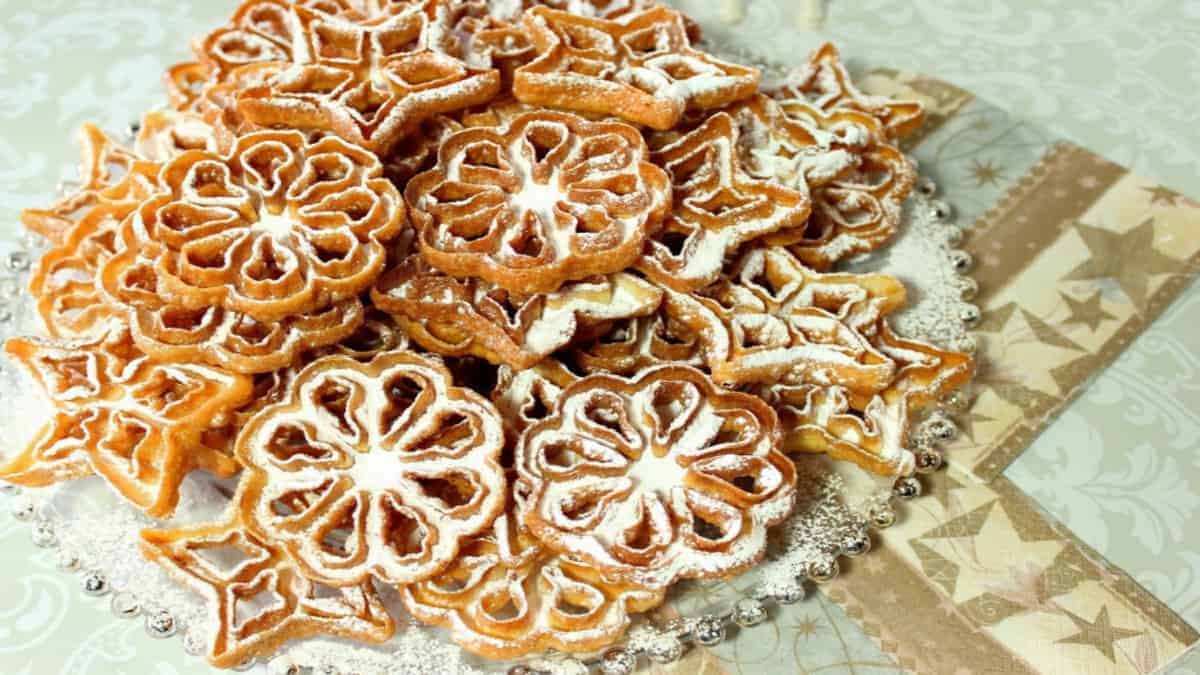
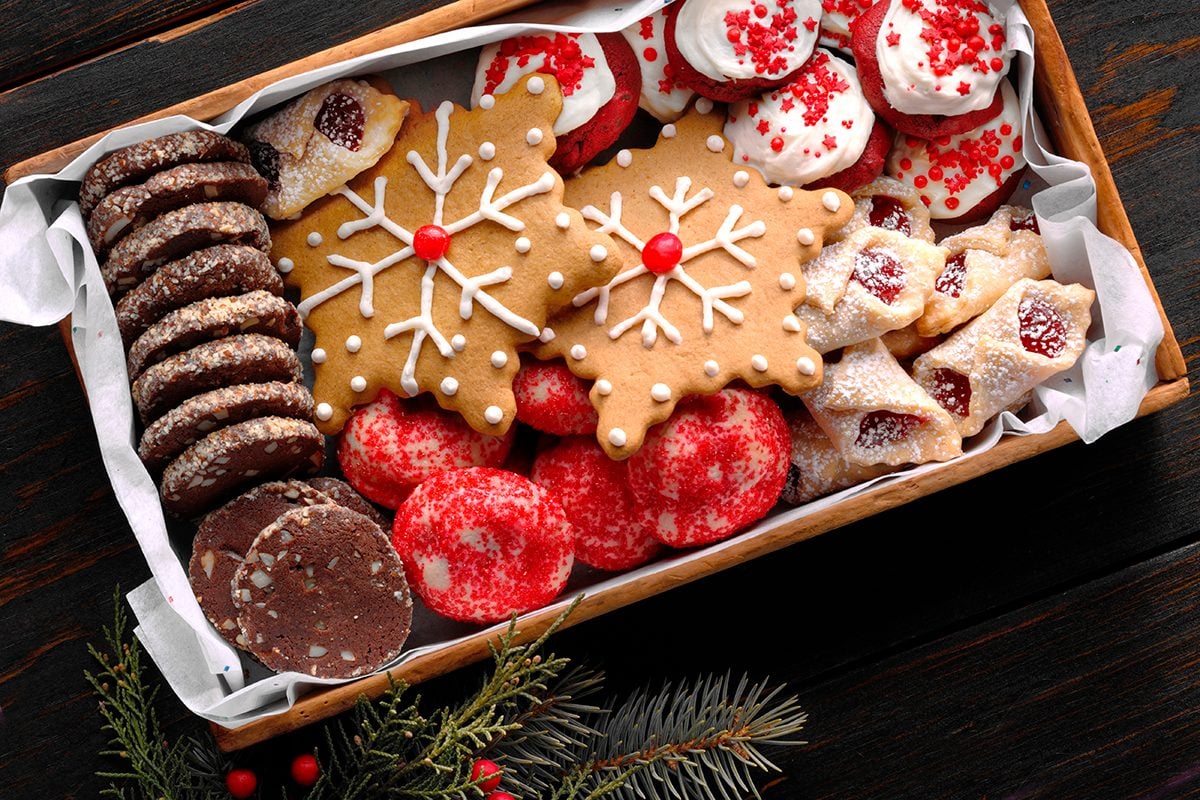


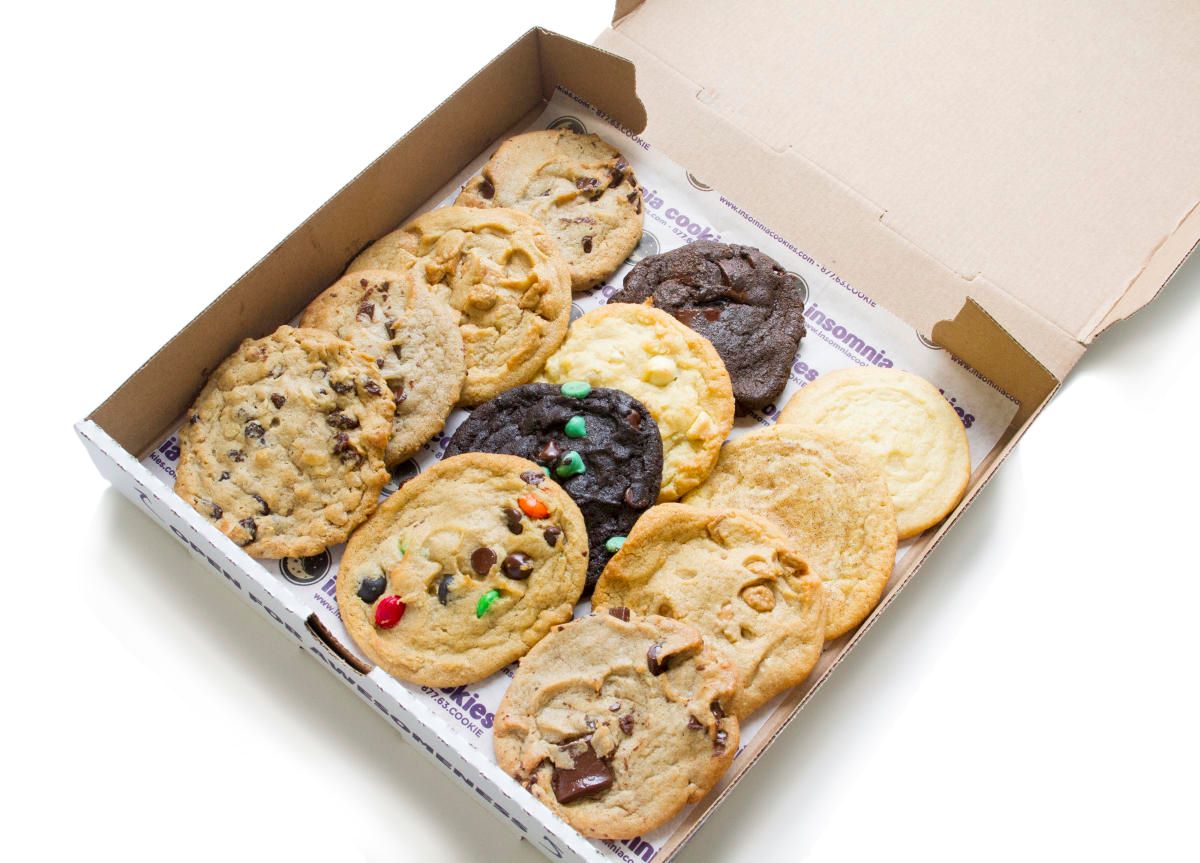


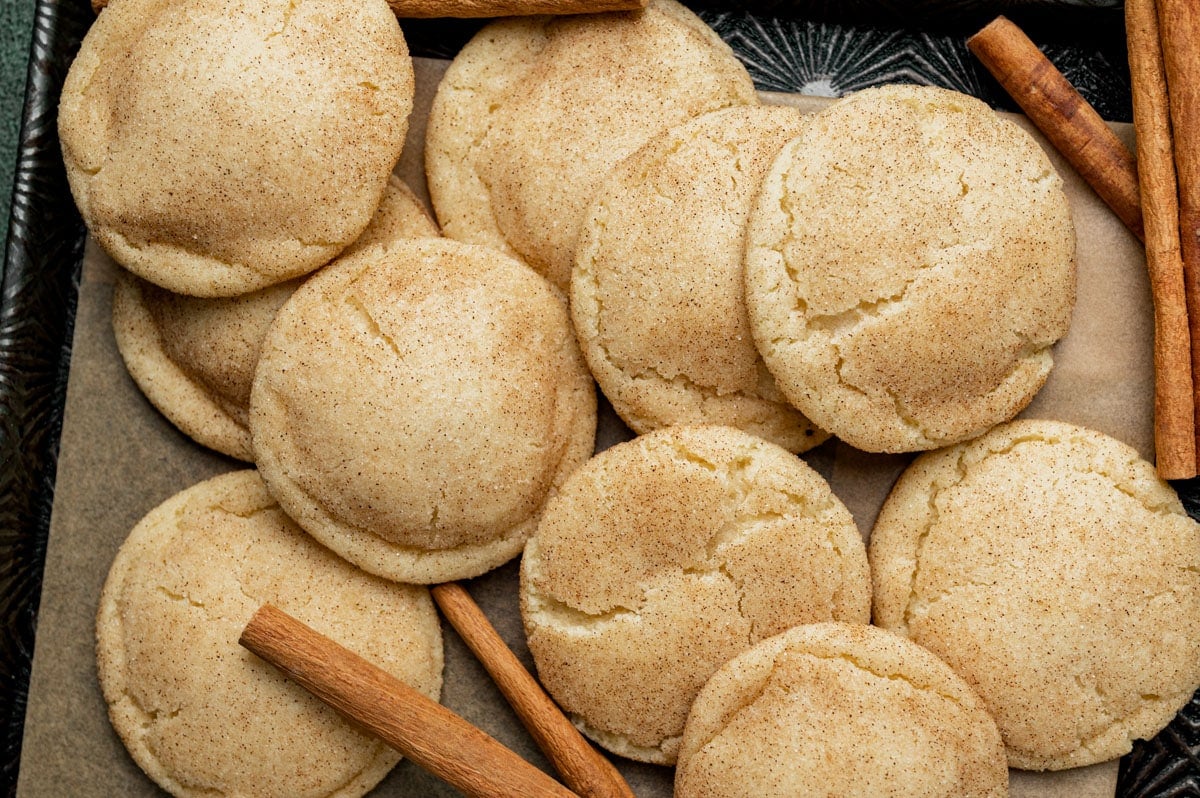
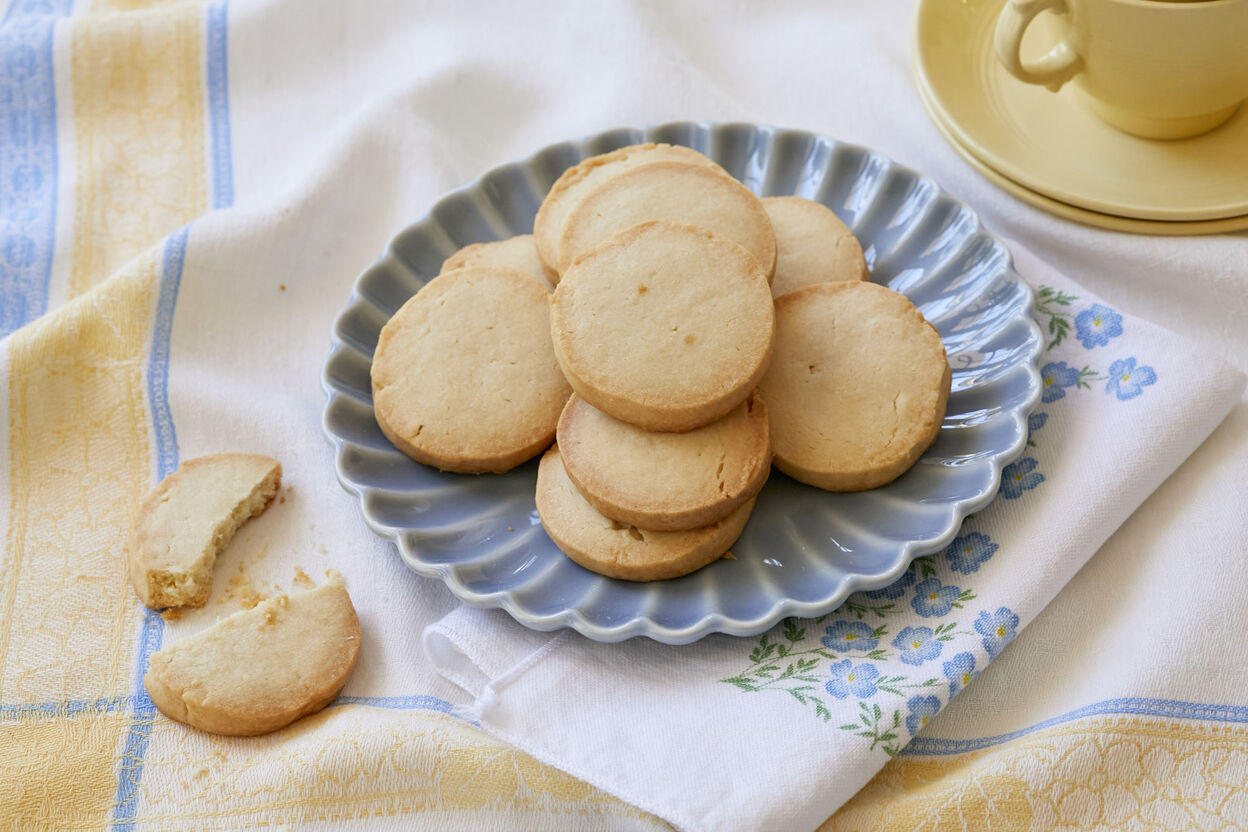
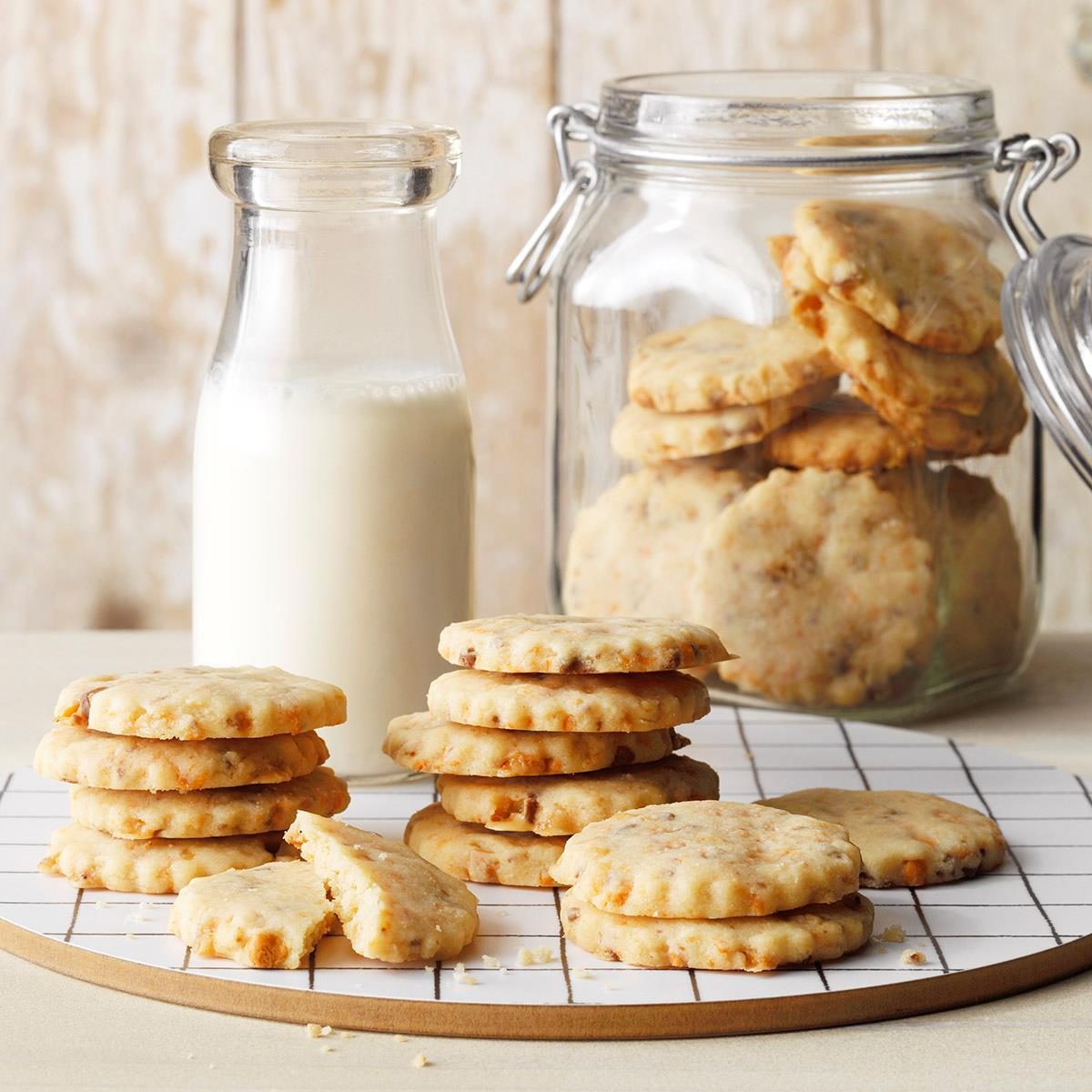
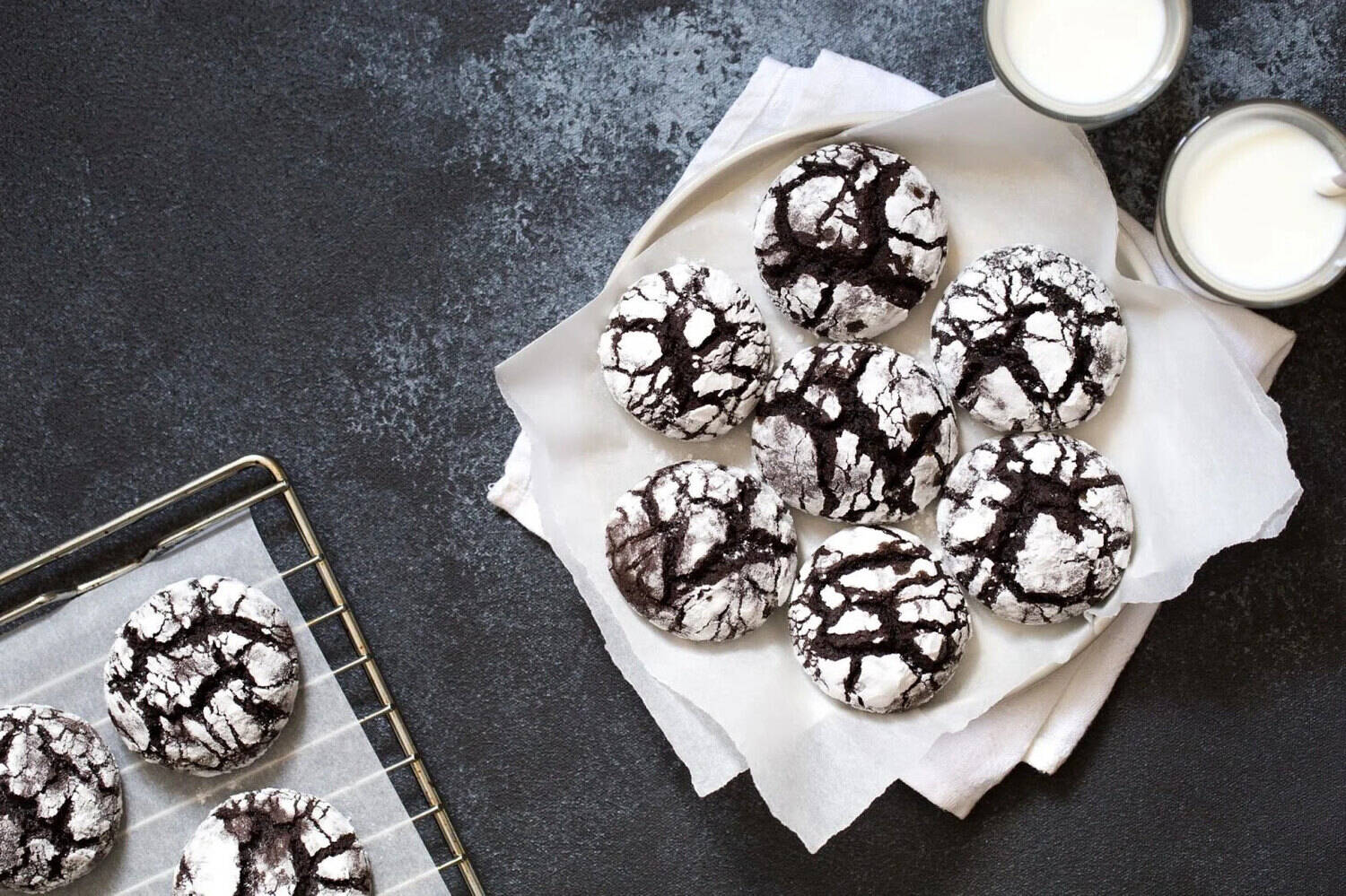
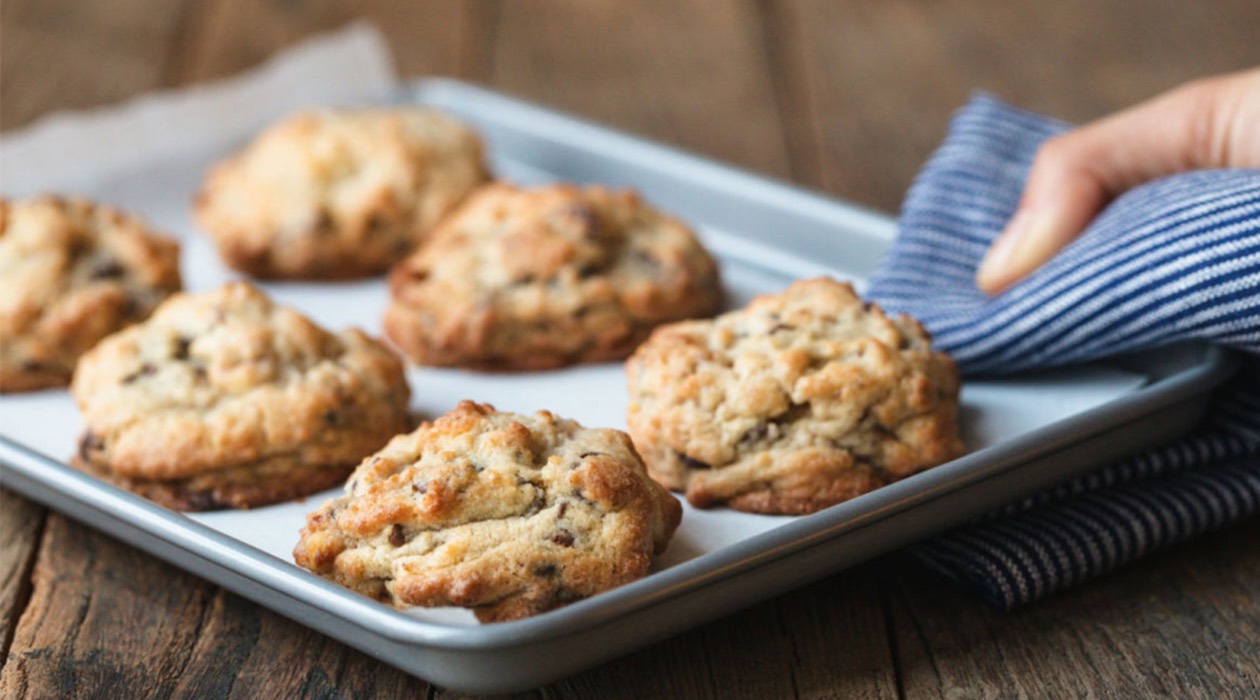

0 thoughts on “How To Store Baked Cookies”